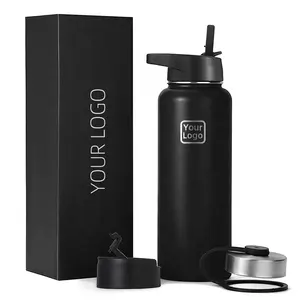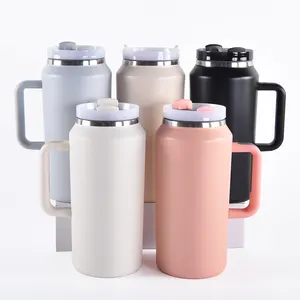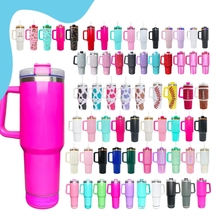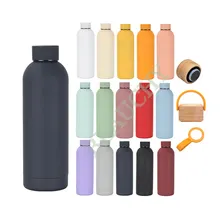Foam Insulated Bottles: An Overview
Foam insulated bottles are a versatile and essential product for individuals across various lifestyles, aiming to keep beverages at the desired temperature for extended periods. These containers cater to a broad audience, from students to professionals, and are particularly favored for their thermal insulation properties.
Materials and Construction
The construction of a foam insulated bottle typically involves an inner and outer shell made from materials such as stainless steel or plastic, with foam insulation in between. This design is crucial in preventing heat transfer, ensuring that liquids stay hot or cold. Stainless steel variants offer durability and a sleek appearance, while plastic options provide a lightweight alternative suitable for children and casual use.
Types and Features
Diversity in the types of foam insulated bottles allows for a tailored approach to hydration. Options range from stainless steel bottles, which are robust and maintain temperature effectively, to glass bottles that offer a touch of elegance and the possibility for personalization through designs or prints. Specialized bottles, such as those with built-in filters or smart technology that tracks intake, cater to niche markets. Features like collapsible designs and bamboo exteriors offer unique selling points for environmentally conscious consumers.
Applications and Advantages
The application of foam insulated bottles spans various settings, including outdoor activities like hiking and cycling, where durability and capacity are paramount. In contrast, office or home use may prioritize style and ease of maintenance. The primary advantage of these bottles lies in their ability to maintain the temperature of beverages, coupled with the convenience of being reusable and, in many cases, environmentally friendly.
Choosing the Right Bottle
Selecting the appropriate foam insulated bottle involves considering factors such as capacity, material, and additional features like portability or design. While stainless steel bottles are praised for their robustness, glass and plastic alternatives can be more suitable for those prioritizing weight and customization. Innovations such as vacuum insulation enhance the functionality of these bottles, making them a reliable choice for consumers seeking efficiency in their hydration solutions.
Environmental Impact and Sustainability
The shift towards sustainable products has bolstered the popularity of foam insulated bottles. Reusable and often made from recyclable materials, these bottles contribute to reducing single-use plastic waste. Innovations in this category, including the use of bamboo and other sustainable materials, reflect a growing commitment to eco-friendly practices within the industry.











































 浙公网安备 33010002000092号
浙公网安备 33010002000092号 浙B2-20120091-4
浙B2-20120091-4